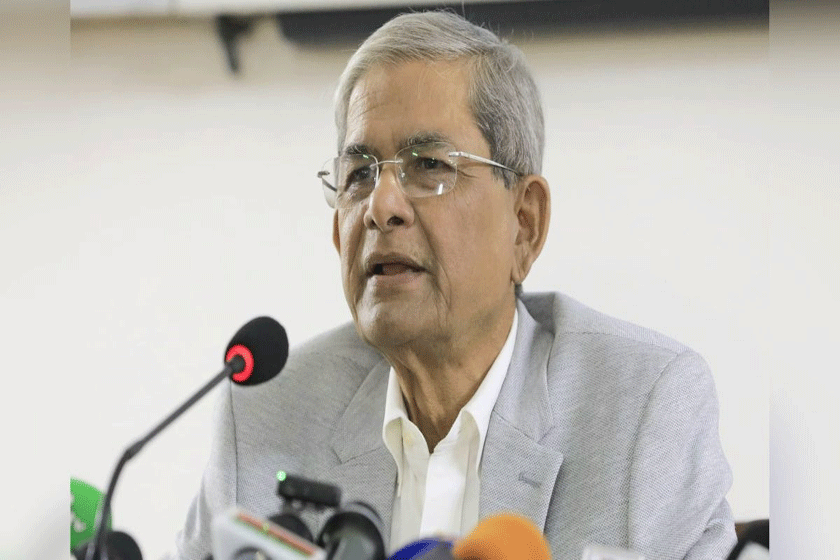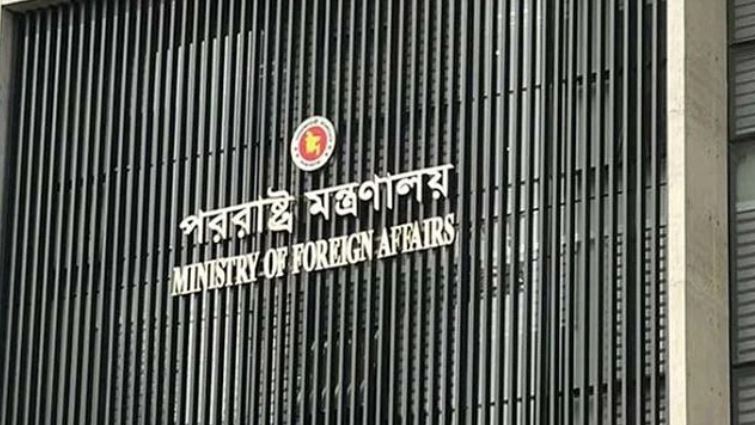
This summer, due in less than two weeks, is feared to be long and hot, with almost nonstop load-shedding returning in February, the final month of winter.
Authorities forecast that they will need to increase power supply by 75 per cent by April, the hottest month, compared with what is now supplied—about 10,000MW.
Ensuring such a steep increase in power generation is very challenging for the government, particularly due to its shrinking fuel import capacity amid the worsening dollar crisis.
In the past summer, Bangladesh saw load-shedding exceed 3,000MW mainly because of the fuel crisis, as the maximum temperature crossed 40C on many days between April and June.
This summer is set to be different from any other summer people have ever experienced, as they are set to witness power prices go up frequently amid dark nights and hot days.
‘We cannot say there will be no load-shedding this summer,’ said Mohammad Hossain, director general, Power Cell, reminding the country of its dollar crisis.
He said that Power Cell had a plan outlining how much power would be generated using what fuel when power demand would peak at 17,500MW in April.
The Power Cell plan considers the installed generation capacity to be 26,311MW, far above projected peak demands of 15,100MW during the day and 17,500MW at night.
During the evening peak, the plan proposes to generate 38.62 per cent from gas, using 60 per cent of the gas-based power generation capacity of 11,133MW.
Over 80 per cent of coal-based power generation capacity of 5,036MW will be used, the Power Cell plan said, generating 4,100MW of the evening peak.
Coal will meet 23.42 per cent of the evening peak power demand.
Over 65 per cent of the furnace oil-based power generation capacity of 6,191MW will be used during the evening peak hour at 9:00pm, meeting over 23 per cent of the demand, the Power Cell plan said.
Over 90 per cent of about 2,600MW of import capacity would be used during the evening peak hour.
‘The plan is very hard to implement, given the past year’s records,’ said Hasan Mehedi, member secretary, Bangladesh Working Group on Ecology and Development.
For instance, he said, Bangladesh’s gas-based electricity production has dropped since 2021, the year gas accounted for 59.3 per cent of overall electricity generation.
In 2022, gas generated 53.8 per cent of power, followed by 50.8 per cent of electricity produced last year.
‘Bangladesh will not be able to supply enough gas anyway, neither from local sources nor through imports,’ he said.
Last year, Bangladesh’s half of the gas power capacity remained unused, adding to the capacity charge burden.
The Power Cell estimated that it needed 1,300mmcfd of gas to implement its plan, which is about 400mmcfd more than what could be supplied last year.
Bangladesh requires 2360mmcfd to fully use its gas power capacity, according to Petrobangla.
The contribution of furnace oil to electricity production, on the other hand, dropped to 21 per cent last year from 27.4 per cent the year before because of a fuel shortage.
Furnace-oil-based power plants are privately operated, and the government’s debt to private power plants stood at nearly Tk 21,500 crore last year due to the dollar crisis.
Power sector insiders said that the release of bonds might help the situation to some extent by allowing private power producers to keep their power plants in operation, but its effectiveness was yet to be seen.
The government also loaned over $2 billion for oil and gas imports in a bid to minimise the power crisis during the summer, when days are getting hotter every year because of the impacts of climate change.
‘More measures, such as shutting down shopping malls early on working days, could be taken to minimise power shortages,’ said Shafiqul Alam, lead energy analyst, the Institute of Energy Economic and Finance Analysis.
Power outages are likely to be severe in the evening when power demand increases in households in cities and villages for irrigating rice fields.
‘Everything depends on the government’s handling of the fuel crisis,’ he said.
The government’s summer power generation plan excludes diesel.
Coal power generation is expected to double compare with last year this summer.
The coal price is expected to remain stable in 2024, but the persisting dollar crisis might stand in the way of fully using coal power capacity, energy experts said.
In 2023, Bangladesh’s maximum generation during peak hours was 15,648MW, which was reached only once on April 19.
On the day of maximum generation, according to data released by the Power Grid Company of Bangladesh, 40 per cent of power came from using gas, followed by 35 per cent from furnace oil, 15 per cent from coal, and the rest from imports or renewable sources.












0 Comments